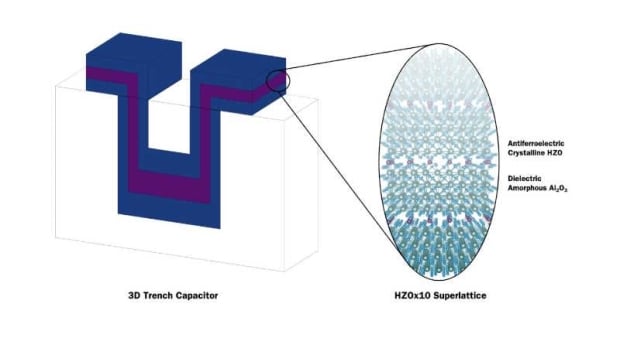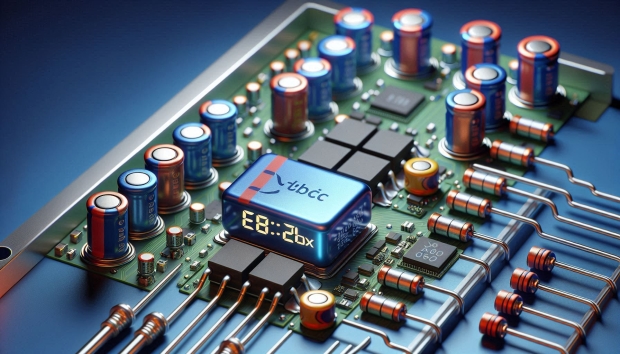Scientists at Lawrence Berkeley National Laboratory and UC Berkeley have created what they're calling "microcapacitors," which integrate energy storage directly into the microchip itself, solving the challenge of working on smaller and more power-efficient devices.

By doing this, it heavily minimizes the energy loss that happens when power is being transferred between different components, with the sceitnsits engineering thin films of hafnium oxide and zirconium oxide. These capacitors use materials and fabrication techniques that are commonly used during the chip manufacturing process, but what makes this different is that they can store significant amounts of energy when compared to regular capacitors, all thanks to the use of negative capacitance materials.
One of the basic components of electrical circuits is capacitors, which store energy in an electric field made between two metallic plates that are separated by a dielectric material (a non-metallic substance). Capacitors can deliver power quickly, with a longer lifespan than regular batteries, which store energy in electrochemical reactions.
But, there's always a cost: significantly lower energy densities, which is why we only see this type of technology on low-power devices like a mouse versus a laptop or portable PC. The problem only gets worse then the capacitors are shrunken down to microcapacitor sizes for on-chip energy storage. Until these researchers created the microcapacitor.
The scientists at Lawrence Berkeley National Laboratory and UC Berkeley engineered the thin films of HfO2-ZrO2 to achieve a negative capacitance effect, but by tuning the composition perfectly, the scientists could get the material to be easily polarized by a small electric field.
To scale the energy storage capabilities of the newly-created films, the scientists placed atomically thin layers of aluminum oxide every few layers of HfO2-ZrO2, allowing them to grow the films up to 10mm thick, all while retaining their desired properties.
The films themselves were integrated into three-dimensional microcapacitor structures, with some record-breaking properties: 9x higher energy density and 170x higher power density compared to the best-on-the-market electrostatic capacitors of today. Quite the improvement, eh?
Sayeef Salahuddin, a senior scientist at Berkeley Lab, UC Berkeley professor, and project lead said: "The energy and power density we got are much higher than we expected. We've been developing negative capacitance materials for many years, but these results were quite surprising".
Suraj Cheema, one of the leading authors of the paper, added: "With this technology, we can finally start to realize energy storage and power delivery seamlessly integrated on-chip in very small sizes. It can open up a new realm of energy technologies for microelectronics".


